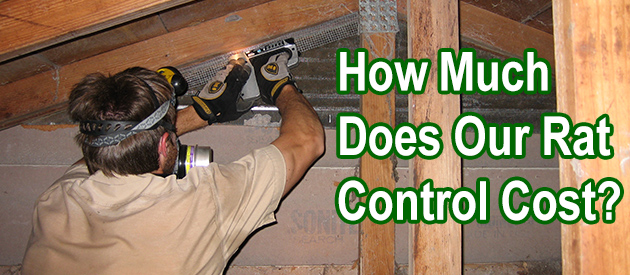Hillsborough County, Tampa Rat Control Situation:
To Whom It May Concern: How can I find out what could have gotten into my screened in porch, up on a table and into a closed bird cage and killed my canary? The flooring has boards that are at the most 1/2 inch opening. The rest is fully screened with no holes anywhere. My canary was covered in its cage and when I took its cover off the next morning, he was lying dead on the bottom, so I picked him up and looked at him. There were feathers everywhere and he had been partially eaten from the bottom. I wrapped him in a napkin and laid him outside the cage, planning to bury him later. I was so shook up. The next morning I went to get him and put him in a box to bury and he was gone but the napkin was still there intact. I found the remains of his feathers beside an upright freezer I have on the porch. If you have any idea what kind of creature could access a 1/2 inch space to invade my porch and kill my canary, or know anyone else I could contact to find out, please reply. I am really stressed out over this whole ordeal. My canary has had free run of my porch for at least 6 months. He was a beautiful singer and always went to his cage at nightfall to be covered until morning. I need to know what I am dealing with. I would appreciate your reply ASAP. Bonnie
Hmm, my best guess is a Norway Rat, although this is still an unusual case.Hi David, Thank you for your response to my dilemma. I live in the Tampa Bay Florida area. Can this rat climb through a 1/2 slot? Also, I realized that my screen door is flexible as it is made of a plastic material. My sister told me to push on the bottom of the screen door and see if that is where they might have gotten in and sure enough, it pushes in a few inches. Someone else told me it may have been a mink, as I live a few yards from a river. Does that sound feasible to you, David?
A mink or weasel! I hadn't considered that, but that's a better guess than a rat.
Thanks David! How big do these rats get? I have bird seed on my porch and I noticed something has been shelling the sunflower seeds inside the bag and also I found several shells in the corner of the porch.
I don't think I have any real help to offer you. Try sealing off the opening, I guess.
Tampa Rat Control Tip of The Week
Best Ways To Keep Rats Out Of Your Garbage
The Most Effective Method
Have rats destroyed your garbage, and you are thinking about what to do? Are you in search of the best method to keep rats out of your garbage? You can end your concerns as the solution you are searching for is simply inside this article. There are numerous ways through which you can keep rats out of your garbage. Black and Norway rats consistently love to benefit from foods in the garbage and trashcans. Thus, homeowners regularly have issues of their waste and garbage being eaten by rats.
Ensure You Dispose Of Your Garbage Often
An ideal approach to disincentivize rats from visiting your garbage is to arrange your garbage so that it doesn't consistently sit around. If the rats find that they don't get enough from the garbage, they will quit coming. That essentially means you don't wait until your garbage gets filled to the edge before disposing of it. This technique will assist you with discouraging rats from visiting your garbage and spare yourself from managing a rat infestation.
Spread Ammonia On Your Garbage Bag To Repel Rats
Without a doubt, if you realize that you can't dispose of your garbage as frequently as conceivable to keep rats from visiting it, you can keep them out using ammonia. What you need to do is to spread ammonia on your garbage bag before tossing it inside your dumpster. The smell from the ammonia will keep rats from revisiting your trash or garbage. This technique is exceptionally compelling as it won't kill the rats, rather chase them away without any problem.


